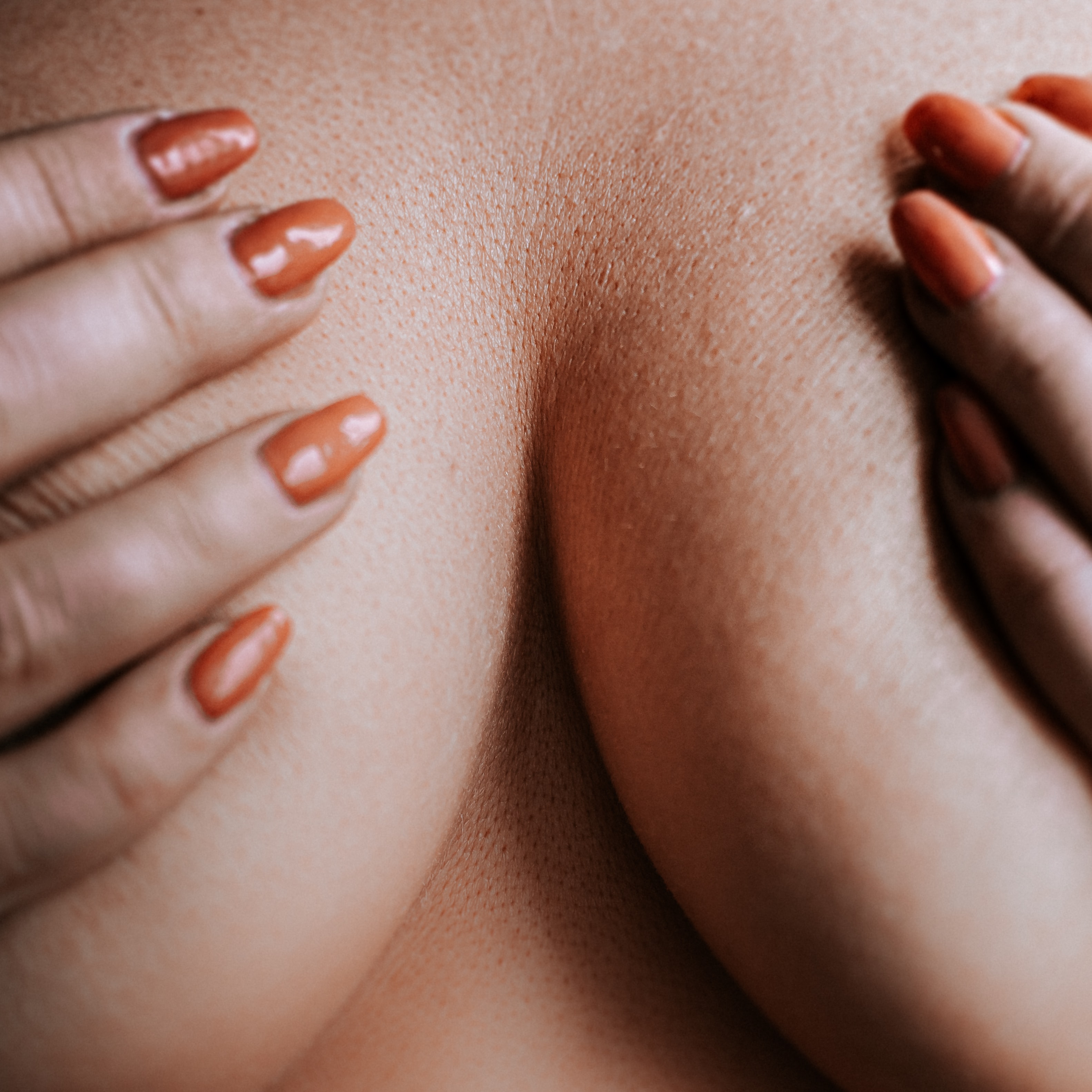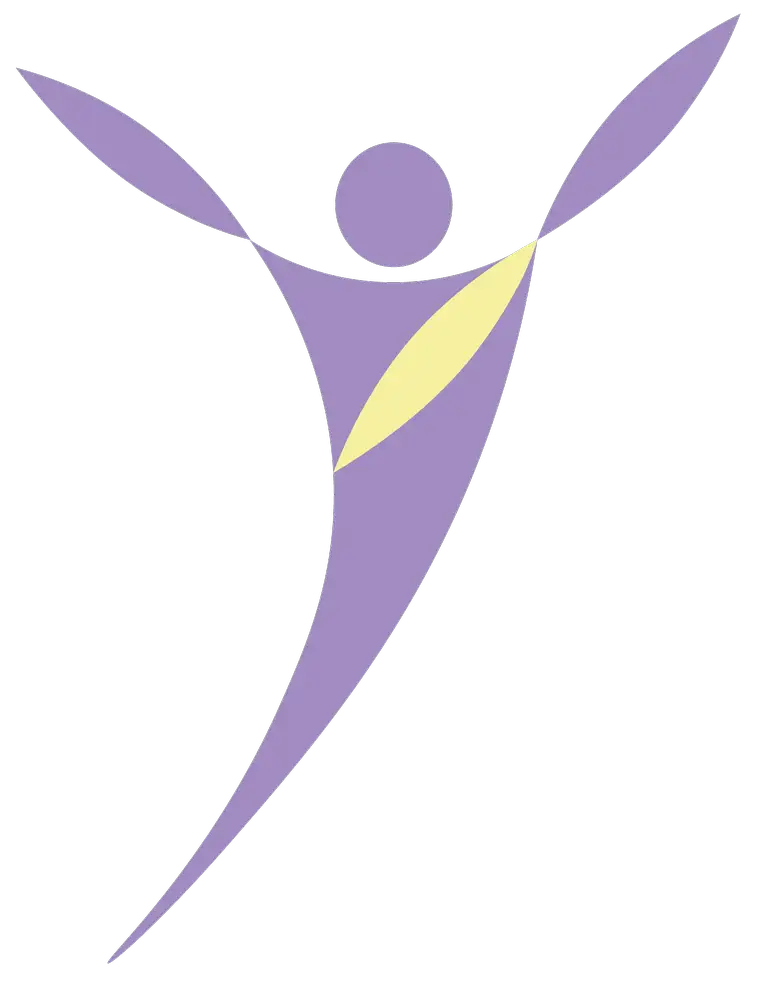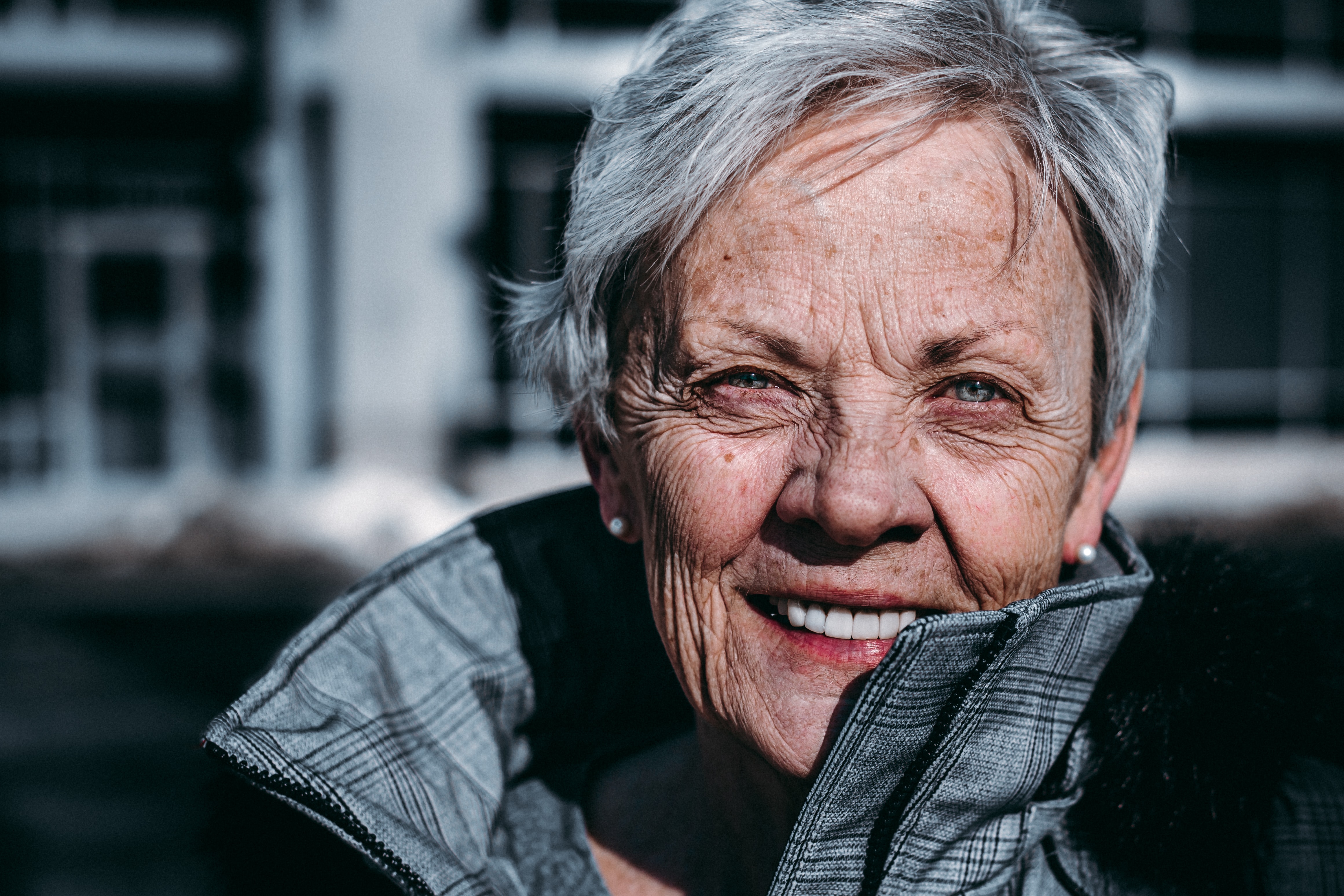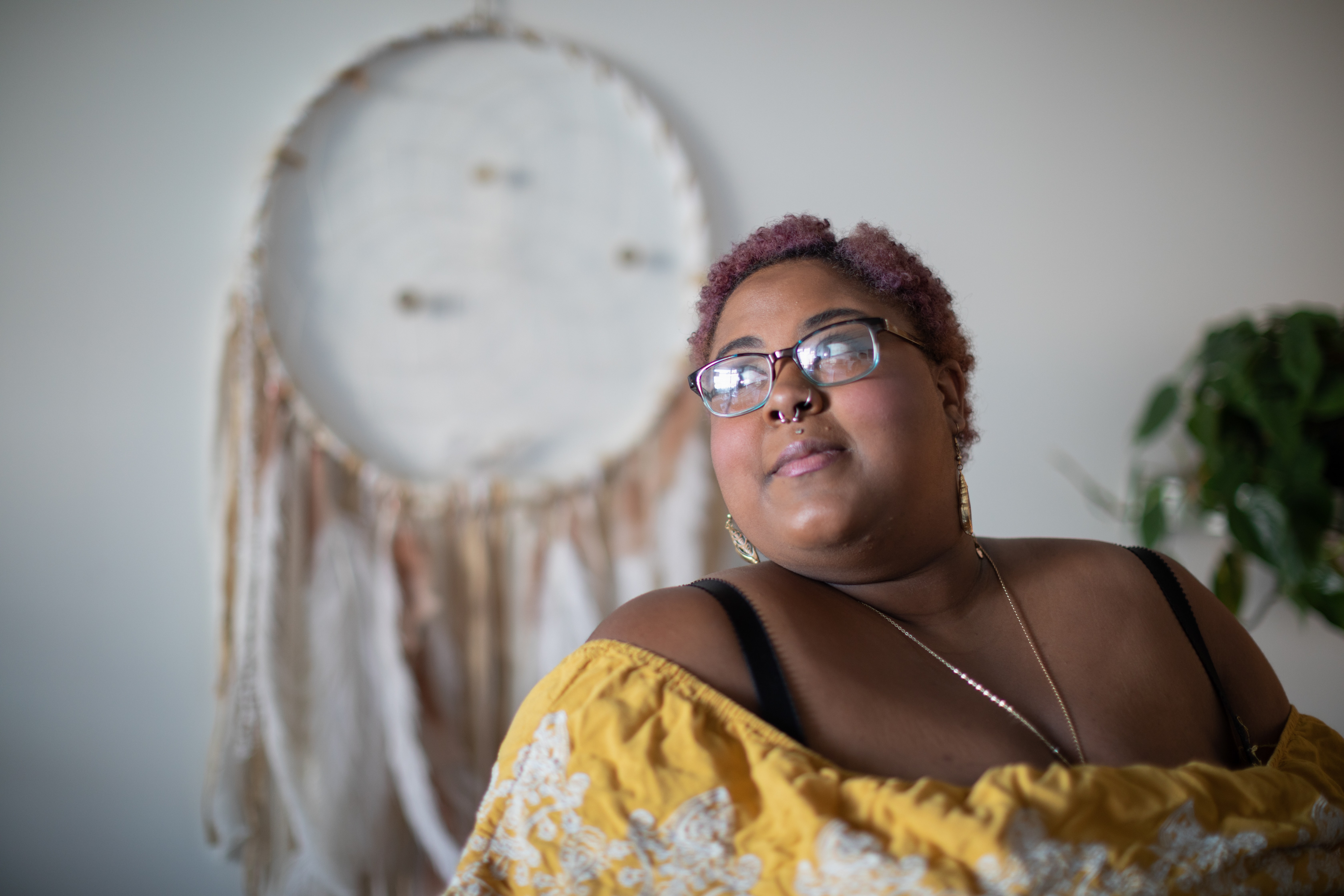Breast health

Breast comes in different sizes and shape and it changes as we age from adolescent to menopause. It also influence by other factors such change in weight, pregnancy, breastfeeding and hormonal fluctuation during menstrual cycle. Breast cancer is the most common cause of cancer affecting women in Malaysia. So, screening for early detection is important part of breast health.
The risk of breast cancer increases with age but it can occur at any age. It can happen in men and women, but it is far more common in women. The incidence of breast cancer in Malaysia increases after 25 years and peaks between the age of 60–64 years. Even though the prevalent of breast cancer in Malaysia is not as high compare to other country like Australia or United States but the survival rate is much lower because women are diagnose at later stage where the disease has advance and the cancer cells has spread.
Several risk factors for breast cancer includes:
- Being female
- Increasing age
- Family history of breast cancer. Most well known genetic mutation are BRCA1 and BRCA2 that can be inherited. Besides breast cancer, these mutation also cause increase risk of other type of cancer
- Women who have had no children (nulliparity) or who had their first child after age 35 have a higher breast cancer risk
- Young age of first menses (≤12 years old) and late menopause (≥50 years)
- Breastfeeding reduce the risk of breast cancer
- Use of hormonal contraceptive pills and hormone replacement therapy (HRT) increase risk of breast cancer
- Excessive alcohol consumption
- Smoking
- Overweight (BMI > 25) and high fat diets
- Sedentary lifestyle
Breast cancer can present with breast lump or thickening that feels different from the surrounding tissue, change in the size, appearance or skin of the breast such as dimpling, a newly inverted nipple or blood-stained nipple discharge, redness, peeling and dimpling of the skin maybe associated with pain at the nipple or the breast area and swelling at the armpit area.
Breast diseases can be diagnosed by several investigation including ultrasound and mammogram. Adult women of all ages are encouraged to perform breast self-examination at least once a month. About 40% of diagnosed breast cancers case are detected by women who feel a lump during self- examination at home.
How to perform breast self-examination? Start with visual assessment of your breast. Sit or stand shirtless and braless in front of the mirror with both of your arms by your sides. Inspect for changes in the size, shape and symmetry of your breast. Look for any puckering, dimpling or change in the direction of your nipple
Next is examination of the breast by hands. You can do this lying down or in the shower. Use the pads of your three middle fingers (not the tips) and feel the different depths of the breast by light pressure beginning from the breast area near the collarbone and move in clockwise manner (imagine your breast is a clock) and then lastly the nipple and the armpit. Perform breast self- examination several days after your menses as you may notice there can be swelling during and nearing the menses time. If you notice any abnormal changes, talk to your doctor for further assessment
If you have any questions regarding breast health or other women's health issues, talk to our experienced female doctor for more information



